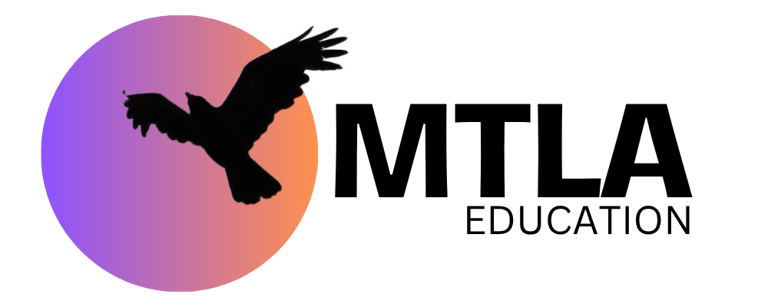What can I read?
When choosing Book Club, let us know which book you'd like to study, and into the world of imagination you will go...
Fiction
----
One of many traditional fables that teach children valuable moral lessons. This famous tale teaches children that hard work and determination pay off and that laziness has consequences.
----
The Little Red Hen teaches children the importance of hard work and the consequences of laziness. The Little Red Hen worked tirelessly to bake the bread, always asking if any of the other animals would help her.


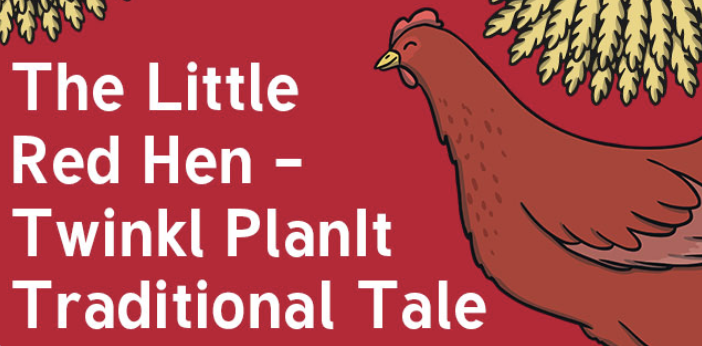

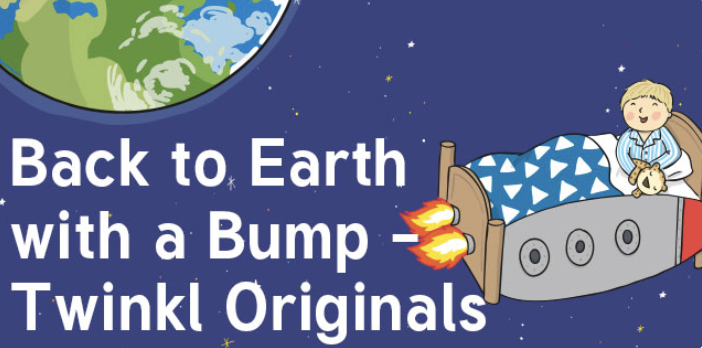

----
A rhyming story that follows a boy on a mission to locate the missing Sun! This space story book for KS1 follows a boy called Hal as he travels through the solar system looking for the Sun.
Fairytale
Folktale
Rhyme
Magpie Tutors are not messy! But...
The Messy Magpie is a great story for teaching your KS1 pupils about the environment and recycling alongside our All About Recycling PowerPoint.
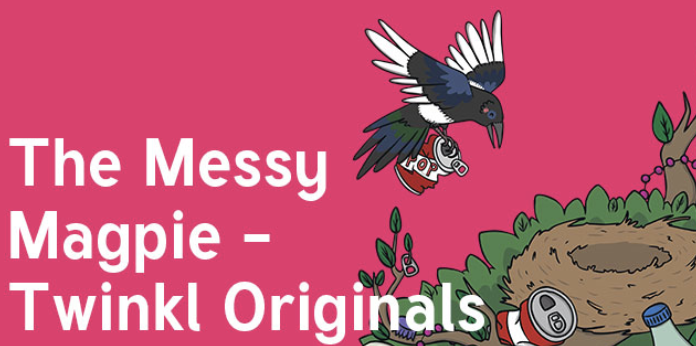

Why not try...
----
Even though they roamed the Earth for millions of years, scientists can't quite agree what happened to the dinosaurs! Some think they were wiped out by a huge asteroid, while others think a series of violent volcanic eruptions were the main culprit. What's for sure is that you'll learn all about the different theories in these dinosaurs KS1 lesson plans.
----
Based on our colourful and engaging e-book ‘Animals All Around’, these activity packs enable you to cover science objectives such as animal groups, and diets.
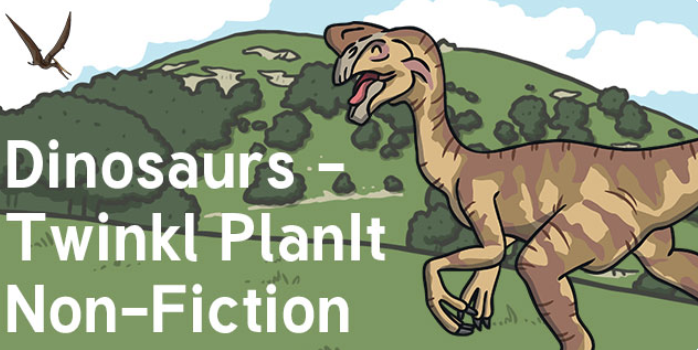

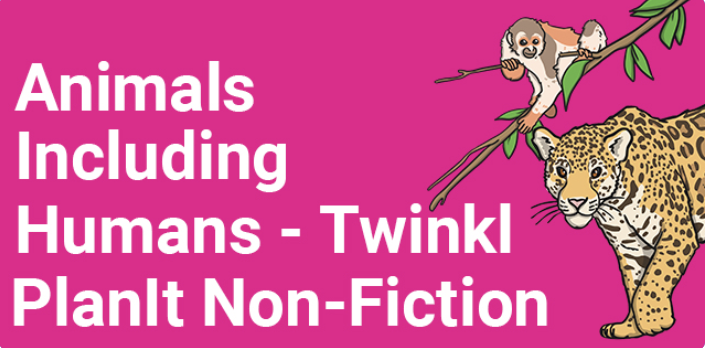



----
Based on our beautifully illustrated and engaging e-book ‘Perfect Plants’, these activity packs enable you to cover year 1 science objectives.
Non-Fiction
Science-based
On route to success...
What should your child know by the end of year 1?
Year 2 marks the final year of key stage 1. As such, the DfE has outlined a number of goals for children to hit by the end of this important school year. Some of the goals relating to reading are as follows:
By the end of year 2, all children should be able to...
Read accurately by blending the sounds in words that contain the graphemes taught so far;
Read accurately words of two or more syllables that contain the same graphemes as above;
Read words containing common suffixes; and
Read further common exception words, noting unusual correspondences between spelling and sound.
Check Availability
Sign me up!
What happens now?
You've found a book you like!
Check your teacher's calendar to set up a meeting and start classes!


What We do
Who WE ARE
Subscribe to our newsletter
